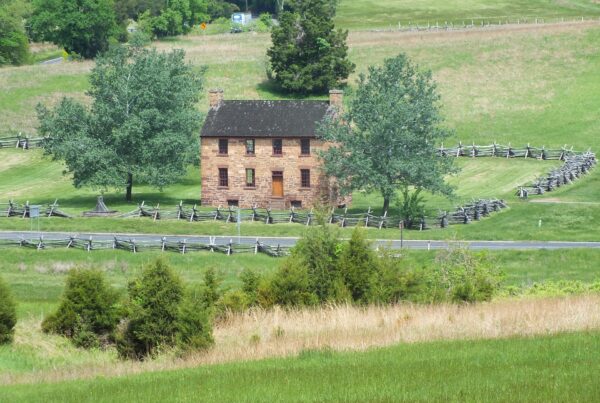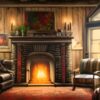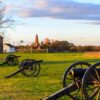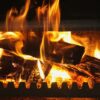Mastering the Art of Fire: A Comprehensive Guide for Fairfax County, VA Residents
When the winter chill settles in Fairfax County, Virginia, nothing quite compares to the warmth and comfort provided by a roaring fireplace. However, maintaining a fire, whether in a fireplace or an outdoor fire pit, requires a certain level of skill and understanding. This article aims to provide a comprehensive guide to mastering the art of fire for residents of Fairfax County.
Understanding the Basics
A fire requires three basic elements to thrive: fuel, oxygen, and heat. Fuel can come in many forms, but for our purposes, we’ll be focusing on wood. Oxygen is readily available in the air we breathe, and heat is typically introduced via a match or lighter.
The type of wood used can significantly impact the quality of your fire. Hardwoods like oak, ash, and maple are typically the best choices for burning. They burn slower and produce less smoke than softwoods. However, softwoods like pine and cedar can still be used if properly dried and seasoned.
Before starting a fire, ensure the space is safe. Fireplaces should be cleaned and inspected regularly to prevent the build-up of creosote, a flammable byproduct of wood burning. Outdoor fire pits should be located away from trees, structures, and other flammable materials. It’s also essential to have a method of extinguishing the fire readily available.
Building the Fire
To start, place a few pieces of crumpled newspaper or light kindling at the base of your fireplace or fire pit. Arrange your wood in a pyramid or log cabin structure, leaving ample space for oxygen to circulate. Light the kindling or newspaper and allow the fire to catch on the larger logs. As the fire burns, continue to add logs as necessary, always ensuring that there’s enough oxygen for the fire to breathe.
Maintaining the Fire
A well-maintained fire provides warmth and comfort for hours. Be vigilant about adding wood when the fire starts to dwindle. Do not add too many logs at once as it can smother the fire. Keep the fire at a manageable size to prevent it from becoming a safety hazard.
Extinguishing the Fire
When it’s time to extinguish the fire, allow it to burn down as far as possible. Spread the ashes out with a poker to let them cool down. Once the ashes have cooled, slowly pour water over them, making sure that no hot embers are left.
Preventive Measures
Proper maintenance is crucial for the safety and longevity of your fireplace or fire pit. Regular cleaning and inspection can prevent potential dangers such as creosote build-up or structural issues. In Fairfax County, residents have access to professional chimney sweep services like A&T Chimney Sweeps fireplace, furnace, dryer vent, gutter cleaning, and repair services in Fairfax County VA. Their team of experienced professionals can ensure your fireplace is clean, safe, and ready for use.
FAQs
1. How often should I clean my fireplace?
A: It’s recommended to clean your fireplace at least once a year, preferably before the start of the burning season. However, heavy users should consider cleaning more frequently.
2. What kind of wood should I use?
A: Hardwoods like oak, ash, and maple are ideal because they burn slower and produce less smoke. Ensure the wood is dry and seasoned for the best results.
3. What should I do if my fire is producing a lot of smoke?
A: If your fire is producing excessive smoke, it may be due to wet wood, poor ventilation, or a cold chimney. Make sure your wood is dry, your damper is fully open, and your chimney is warm.
4. What is creosote and why is it dangerous?
A: Creosote is a flammable by-product of wood burning. It builds up in the chimney over time and can ignite, causing a chimney fire. Regular cleaning helps prevent creosote build-up.
Mastering the art of fire is a rewarding skill that offers warmth, comfort, and a sense of accomplishment. With understanding, practice, and proper maintenance, Fairfax County residents can safely enjoy their fireplaces and fire pits this winter and for many winters to come.








